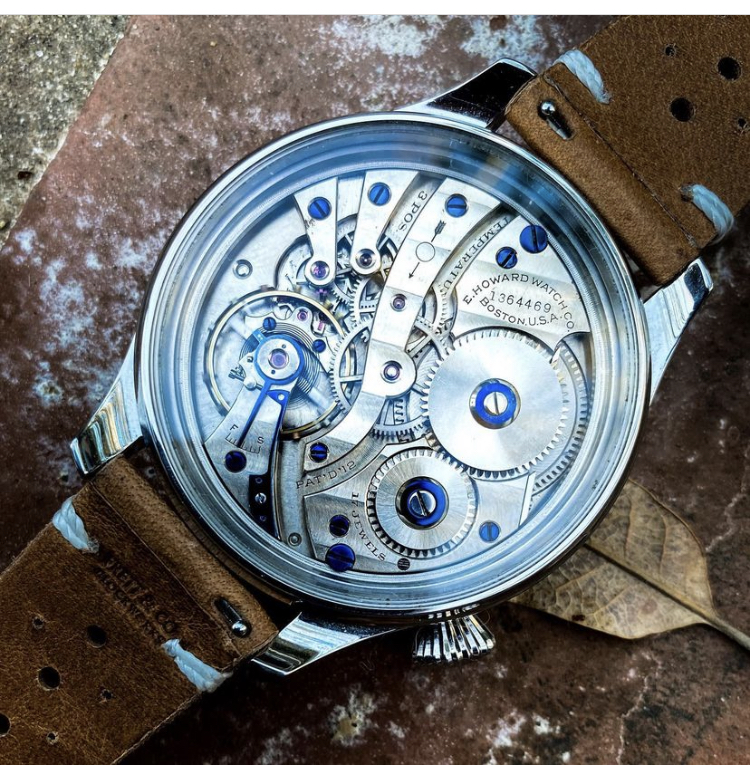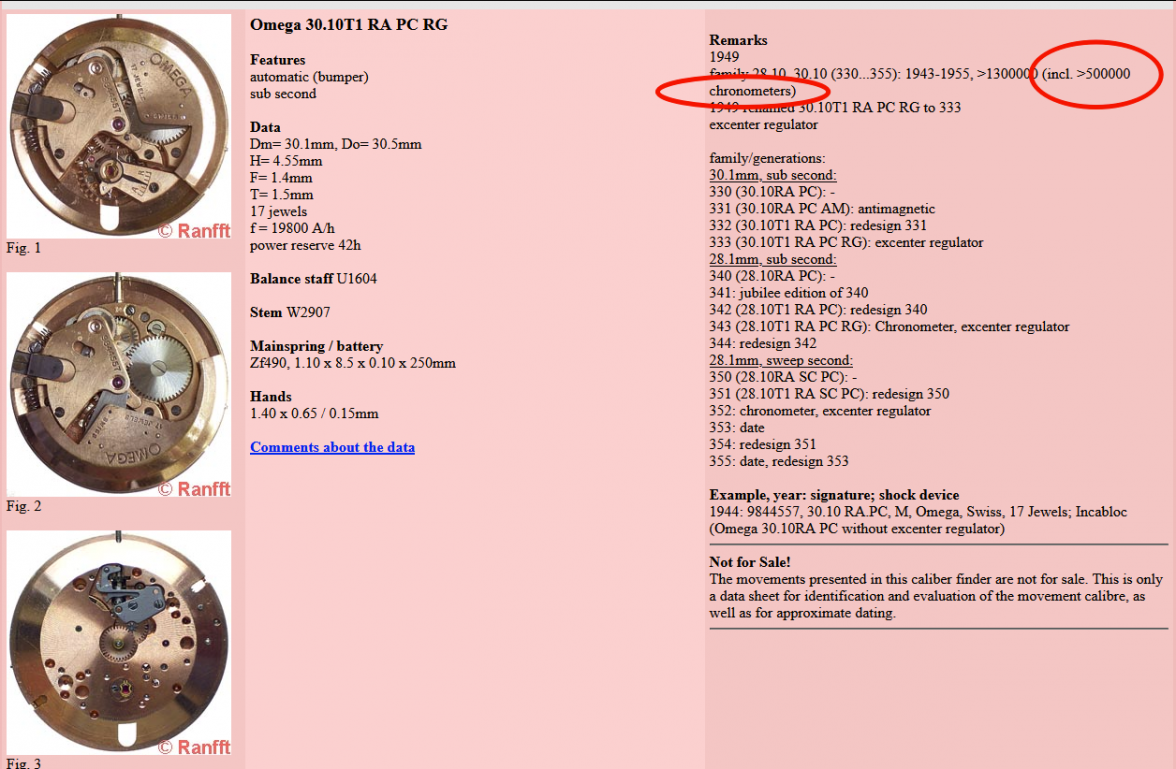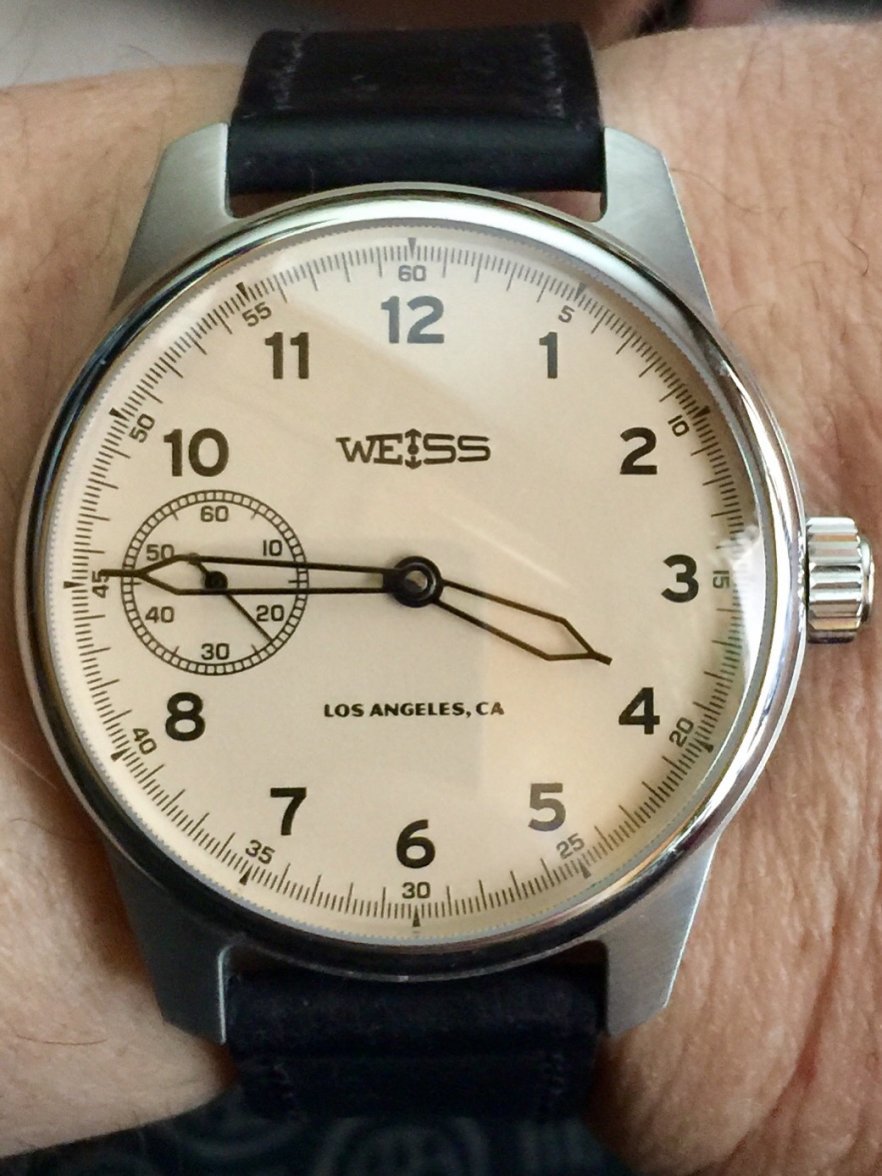I actually expected this reaction more than has been expressed in this thread. Although this has been on my mind a while, what prompted me posting this yesterday was a discussion on another forum where several watchmakers all chimed in that they would never do such a thing, because their goal was only preservation and restoration, not modification.
For me personally, once you buy something, it's yours. If you want to modify it, or smash it with a hammer, that's your choice. As long as it's not something museum worthy, and you aren't modding it to deceive anyone, then I'm quite okay with it, even though it's not something that I see myself doing personally.
Someone mentioned cars, and car analogies are done to death on watch forums, usually in an unsatisfactory way. But here I think it has merit. There are three types of car restorations....
The frame off Concours type restoration, that makes things cosmetically perfect, but maintains originality - matching serial numbers and all that sort of thing.
Then there are resto-mods, where they are restored and souped up at the same time, taking some artistic license.
Lastly there are restorations that are mostly mechanical/safety related, while leaving the aesthetic of the car intact, rust, faded paint, and all that is not corrected, but stabilized. This approach is fairly new in cars compared to the others at least.
I think most (not all) vintage collectors here have their watches done in the last category, so patina is maintained, no refinishing, no changing crowns, pushers, etc., just servicing the movement to get it functioning correctly.
Some want their vintage watches to look new, so they get more of the Conours style treatment.
These modified movement watches are the resto-mods in my view.
Cheers, Al







